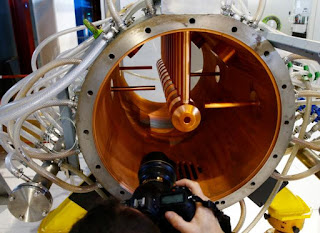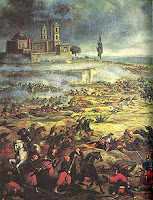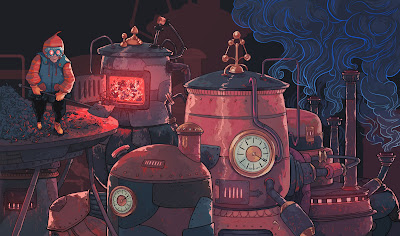 |
| Researchers are trying to extract DNA from skeletons buried in the ancient Philistine cemetery of Ashkelon, in what is now Israel. |
Topics: Biology, Diversity, Existentialism, Politics
- The first Miss Japan of color, Ariana Miyamoto (her father an African American serviceman) reluctantly wears the racist assigned pejorative "Hafu" (half). - A 60-ish year old black man - Timothy Caughman - killed by a white supremacist who drove up from Maryland to kill any random black man he could find in New York City (judging from the picture, it could have been me easily on any given day). - A young man - Richard Collins III - commissioned a second lieutenant in the US Army was stabbed to death two days before his graduation from Bowie State University at the University of Maryland by the same, demented twisted ideology (alt-Reich). - Dylaan Roof (whose name it disgusts me mentioning) has been sentenced to death for killing 9 African American church members...during a traditional Wednesday night prayer meeting, their "sin" - merely existing on the planet. From jihadists to white supremacists, each demented group is motivated by a bizarre "utopia" that they either want to "get back to" or establish a divine kingdom on Earth that will somehow magically spring forth after the Ragnarok their sick minds project online and in dark printed media. It will somehow thereafter "lasts forever," the carnage replaced by rose petals, rainbows and butterflies; built on the bones of the dead they've damned for skin color, religion, sexual orientation or miscegenation.
NEVER MIND that no one else the DSM-V Diagnostic and Statistical Manual of Mental Disorders defines as SANE share their ideology, or by the sin of breathing and existing somehow screws up their entire self-concept of superiority to all other humanoid life forms not by any superior effort, but some "divine" light pigmentation; twisted interpretation of particular scriptures or farting without a whiff of methane. The fact that we are HERE...sentient, THINKING and creating; moving, loving and living out our lives should be enough specialness without applying "other"; "them"; "outsiders"; "infidels" and other demeaning epithets that makes murder so easy for other humans to accomplish on one another. It is a goosestep march of psychopaths.
I am currently disgusted with my species. The wrong animals are in the zoo.
When the first busloads of migrants from Syria and Iraq rolled into Germany 2 years ago, some small towns were overwhelmed. The village of Sumte, population 102, had to take in 750 asylum seekers. Most villagers swung into action, in keeping with Germany’s strong Willkommenskultur, or “welcome culture.” But one self-described neo-Nazi on the district council told The New York Times that by allowing the influx, the German people faced “the destruction of our genetic heritage” and risked becoming “a gray mishmash.”
In fact, the German people have no unique genetic heritage to protect. They—and all other Europeans—are already a mishmash, the children of repeated ancient migrations, according to scientists who study ancient human origins. New studies show that almost all indigenous Europeans descend from at least three major migrations in the past 15,000 years, including two from the Middle East. Those migrants swept across Europe, mingled with previous immigrants, and then remixed to create the peoples of today.
Using revolutionary new methods to analyze DNA and the isotopes found in bones and teeth, scientists are exposing the tangled roots of peoples around the world, as varied as Germans, ancient Philistines, and Kashmiris. Few of us are actually the direct descendants of the ancient skeletons found in our backyards or historic homelands. Only a handful of groups today, such as Australian Aborigines, have deep bloodlines untainted by mixing with immigrants.
“We can falsify this notion that anyone is pure,” says population geneticist Lynn Jorde of the University of Utah in Salt Lake City. Instead, almost all modern humans “have this incredibly complex history of mixing and mating and migration.”
Science Mag: There's no such thing as a 'pure' European—or anyone else
Ann Gibbons


















